Physicists at the LHCb Collaboration at CERN have found particles not behaving the way they should according to the guiding theory of particle physics. Could it be evidence of a brand new physics?
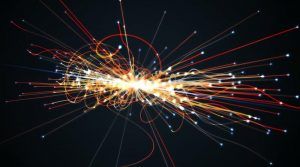

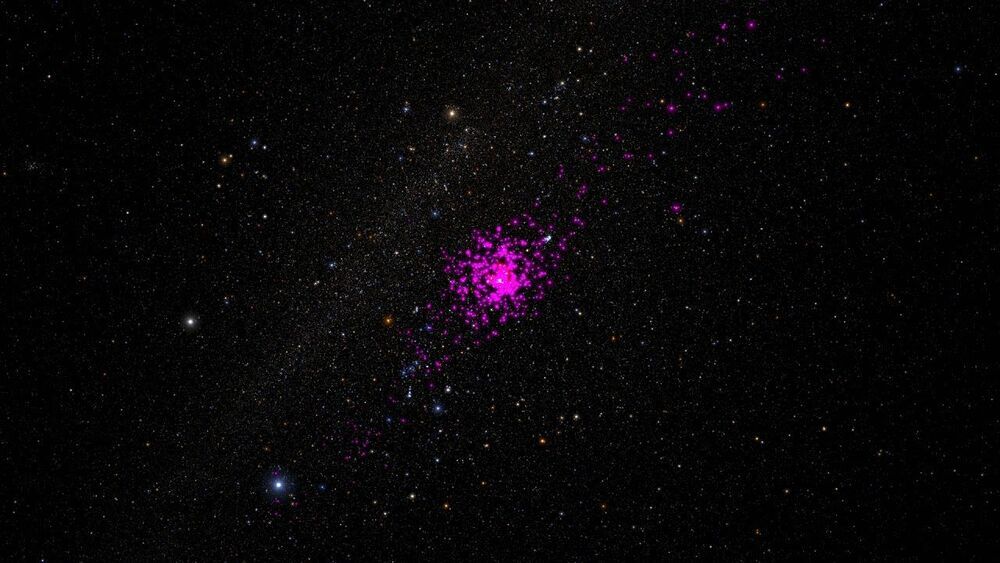
Data from ESA’s Gaia star mapping satellite have revealed tantalizing evidence that the nearest star cluster to the Sun is being disrupted by the gravitational influence of a massive but unseen structure in our galaxy.
If true, this might provide evidence for a suspected population of ‘dark matter sub-halos’. These invisible clouds of particles are thought to be relics from the formation of the Milky Way, and are now spread across the galaxy, making up an invisible substructure that exerts a noticeable gravitational influence on anything that drifts too close.
ESA Research Fellow Tereza Jerabkova and colleagues from ESA and the European Southern Observatory made the discovery while studying the way a nearby star cluster is merging into the general background of stars in our galaxy. This discovery was based on Gaia’s Early third Data Release (EDR3) and data from the second release.
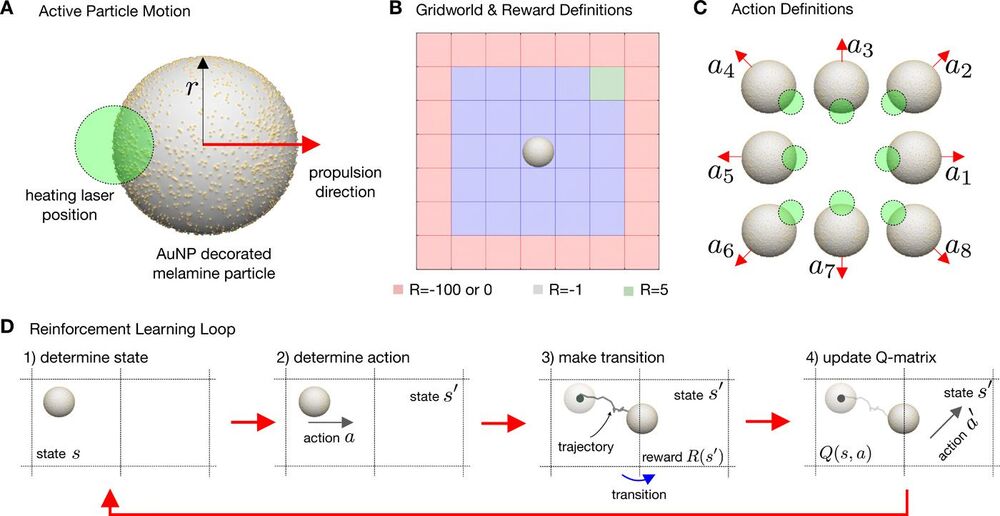
Artificial microswimmers that can replicate the complex behavior of active matter are often designed to mimic the self-propulsion of microscopic living organisms. However, compared with their living counterparts, artificial microswimmers have a limited ability to adapt to environmental signals or to retain a physical memory to yield optimized emergent behavior. Different from macroscopic living systems and robots, both microscopic living organisms and artificial microswimmers are subject to Brownian motion, which randomizes their position and propulsion direction. Here, we combine real-world artificial active particles with machine learning algorithms to explore their adaptive behavior in a noisy environment with reinforcement learning. We use a real-time control of self-thermophoretic active particles to demonstrate the solution of a simple standard navigation problem under the inevitable influence of Brownian motion at these length scales. We show that, with external control, collective learning is possible. Concerning the learning under noise, we find that noise decreases the learning speed, modifies the optimal behavior, and also increases the strength of the decisions made. As a consequence of time delay in the feedback loop controlling the particles, an optimum velocity, reminiscent of optimal run-and-tumble times of bacteria, is found for the system, which is conjectured to be a universal property of systems exhibiting delayed response in a noisy environment.
Living organisms adapt their behavior according to their environment to achieve a particular goal. Information about the state of the environment is sensed, processed, and encoded in biochemical processes in the organism to provide appropriate actions or properties. These learning or adaptive processes occur within the lifetime of a generation, over multiple generations, or over evolutionarily relevant time scales. They lead to specific behaviors of individuals and collectives. Swarms of fish or flocks of birds have developed collective strategies adapted to the existence of predators (1), and collective hunting may represent a more efficient foraging tactic (2). Birds learn how to use convective air flows (3). Sperm have evolved complex swimming patterns to explore chemical gradients in chemotaxis (4), and bacteria express specific shapes to follow gravity (5).
Inspired by these optimization processes, learning strategies that reduce the complexity of the physical and chemical processes in living matter to a mathematical procedure have been developed. Many of these learning strategies have been implemented into robotic systems (7–9). One particular framework is reinforcement learning (RL), in which an agent gains experience by interacting with its environment (10). The value of this experience relates to rewards (or penalties) connected to the states that the agent can occupy. The learning process then maximizes the cumulative reward for a chain of actions to obtain the so-called policy. This policy advises the agent which action to take. Recent computational studies, for example, reveal that RL can provide optimal strategies for the navigation of active particles through flows (11–13), the swarming of robots (14–16), the soaring of birds , or the development of collective motion (17).

Physicists from the LHCb Collaboration at CERN’s Large Hadron Collider (LHC) have observed four new exotic particles: Zcs (4000)+, Zcs (4220)+, X(4685), and X(4630). The new results provide grist for the mill of theorists seeking to explain the nature of tetraquark binding mechanisms.
“Hadrons discovered in the 1950-60s, the pioneering years in particle physics history, were called elementary particles till their structure was finally understood in the framework of quark model,” the LHCb physicists said.

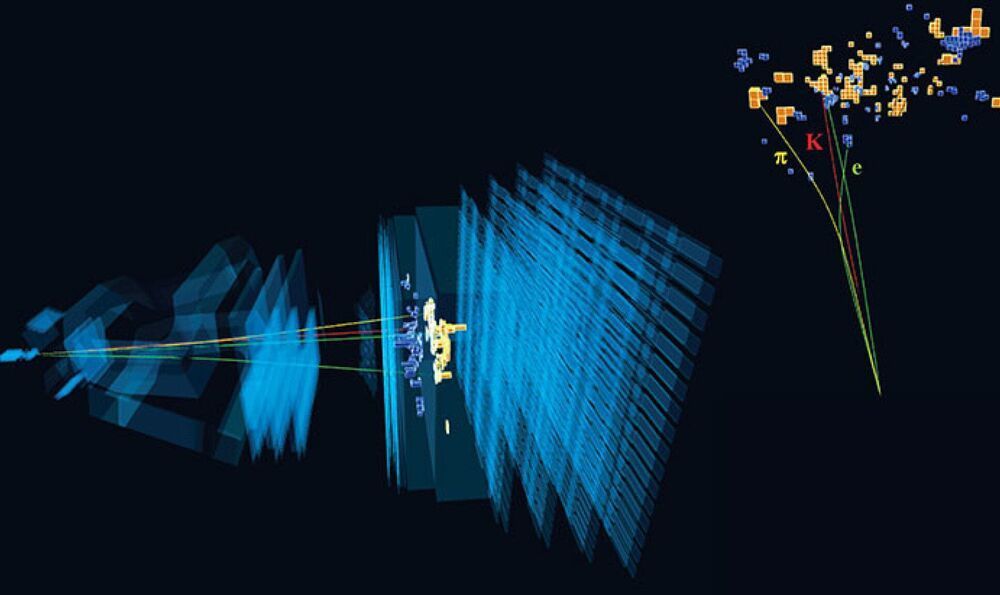
The LHCb Collaboration at CERN has found particles not behaving in the way they should according to the guiding theory of particle physics—the Standard Model.
The Standard Model of particle physics predicts that particles called beauty quarks, which are measured in the LHCb experiment, should decay into either muons or electrons in equal measure. However, the new result suggests that this may not be happening, which could point to the existence of new particles or interactions not explained by the Standard Model.
Physicists from Imperial College London and the Universities of Bristol and Cambridge led the analysis of the data to produce this result, with funding from the Science and Technology Facilities Council. The result was announced today at the Moriond Electroweak Physics conference and published as a preprint.

Scientists at the Large Hadron Collider (LHC) have recorded some highly unusual data that could point to an entirely new force of nature, which would mean a whole new area of physics. The secret lies in an elusive, unstable particle called a B meson, which isn’t biodegrading according to plan.
The scientists at the European Organization for Nuclear Research (CERN) call B mesons “tantalizing tensions,” since the particles break apart into different amounts of electrons and muons than the standard model of physics predicts they should.
B mesons are paired quarks that move together and rapidly decay. While scientists have noticed several previous anomalies in B mesons, this latest observation in decay mode is an even bigger deal. As the B mesons decay in the LHC, there are more electrons and fewer muons than there should be.
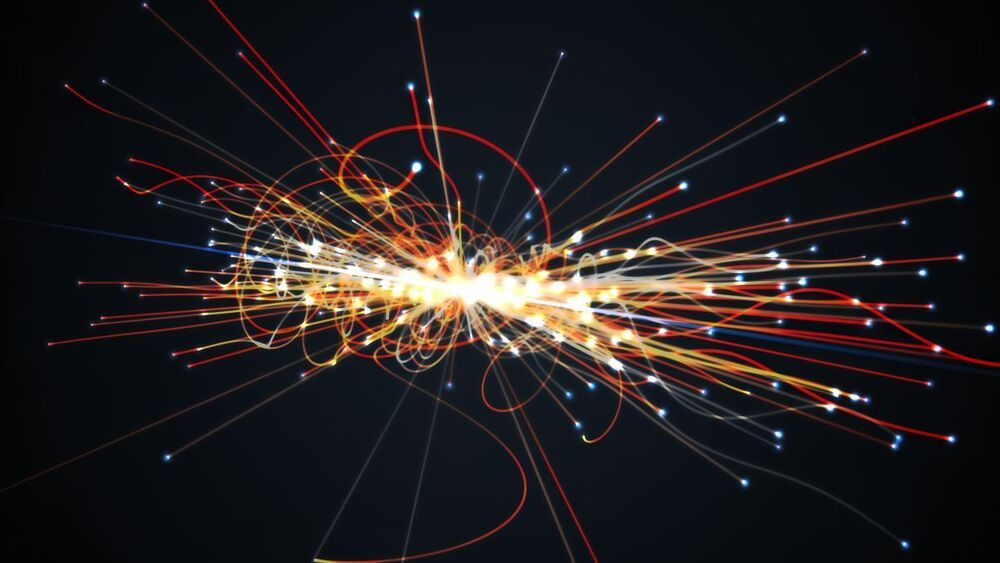

On March 232021 NASA demonstrated Mars Helicopter Ingenuity’s deployment area/place and Perseverance Rover drives directly to Helipad (helicopter deployment site). Ingenuity is nestled up sideways under the belly of the Perseverance rover, with a cover to protect it from the debris kicked up during landing. General thing for successful flight of Mars Helicopter is Space weather. It relates to effects of our Sun’s radiation on Ingenuity. Everything on Mars, including Ingenuity, is bathed in a background of cosmic rays (high energy particles) from our Milky Way galaxy as well as particles from the Sun. When the Sun has a large flare and ejects electrically-charged particles (a so-called coronal mass ejection), the particles travel at high speed toward Mars and Ingenuity, following the Sun’s magnetic lines of force. As our helicopter has a number of elements that are not specifically engineered to be highly robust to these particles, we keep an eye on solar weather events. If such an event is predicted, and is of very large magnitude, we would possibly delay operating Ingenuity for a day or two to let the surge of particles pass by.
Credit: nasa.gov, NASA/JPL-Caltech, NASA/JPL-Caltech/ASU
Source for NASA’s Mars Helicopter Ingenuity page: https://mars.nasa.gov/technology/helicopter/
#mars #helicopter #perseverance
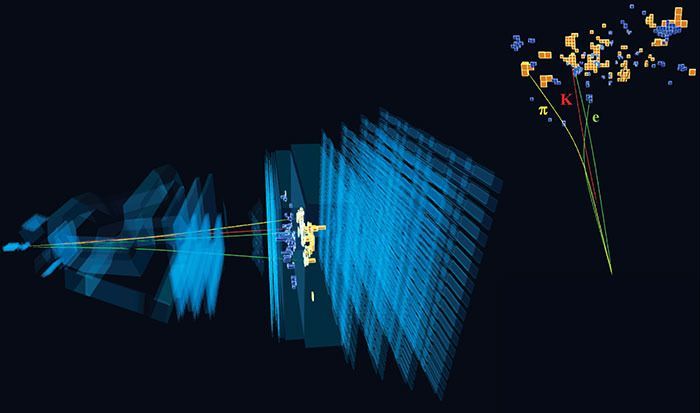
A hint of the possible existence of a hypothetical particle called a leptoquark has appeared as an unexpected difference in how beauty quarks decay to create electrons or muons. Measured by physicists working on the LHCb experiment on the Large Hadron Collider (LHC) at CERN, the difference appears to violate the principle of “lepton universality”, which is part of the Standard Model of particle physics. The measurement has been made at a statistical significance of 3.1σ, which is well below the 5σ level that is usually considered a discovery. If the violation is confirmed, it could provide physicists with important clues about physics beyond the Standard Model – such as the existence of leptoquarks.
When high-energy protons are smashed together at the LHC large numbers of exotic particles are created, including some containing the beauty quark. These exotic particles quickly decay, and beauty quarks can follow decay paths that involve the production of either electrons or muons, which are both leptons. According to the Standard Model of particle physics, the interactions involved in producing leptons do not discriminate between lepton type, so the rates at which electrons and muons are created by beauty-quark decays are expected to be the same.
Starting in 2014, physicists working on LHCb noticed hints of the violation of this lepton universality. Now, after analysing collision data collected between 2011 and 2018, the researchers have found that the beauty quark appears to favour the electron decay chain over the muon decay chain.